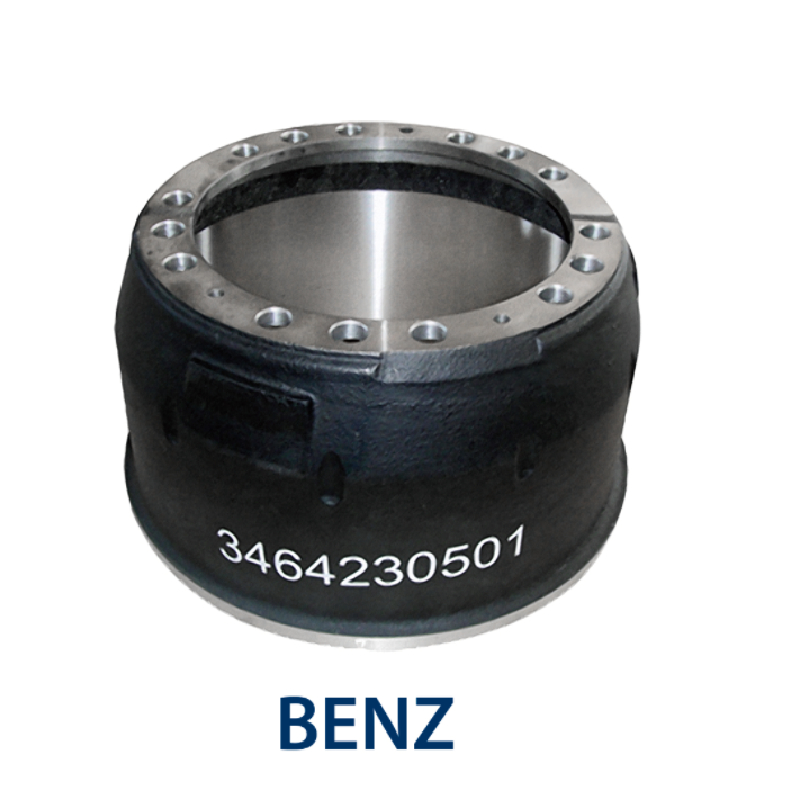Aug . 13, 2024 02:42 Back to list
Cost Analysis and Considerations for Brake Drum Machining Processes in Automotive Maintenance
The Cost of Brake Drum Machining An Overview
Brake drum machining is a crucial process in automotive maintenance and repair, specifically for vehicles that use drum brakes. This service ensures that the brake drums are in optimal condition, allowing for efficient braking performance and increased safety. However, the cost associated with brake drum machining can vary significantly based on a variety of factors. Understanding these costs can help vehicle owners make informed decisions when it comes to maintaining their braking systems.
What is Brake Drum Machining?
Brake drum machining is the process of resurfacing the inner surface of a brake drum to restore its original shape and smoothness. Over time, brake drums experience wear and tear due to the friction generated during braking. This wear can lead to uneven surfaces, which may cause vibrations, reduced braking efficiency, and increased stopping distances. Machining helps to eliminate these issues by removing a thin layer of material from the drum, ensuring a flat and smooth surface for the brake shoes to contact.
Factors Influencing Machining Costs
1. Labor Costs The labor involved in machining brake drums is one of the most significant contributors to the overall cost. Skilled technicians are required to accurately use the machining equipment, which comes with its own associated labor rates. Shops located in urban areas or regions with a high cost of living may charge more for labor compared to those in rural settings.
2. Equipment and Technology The type of machinery used for machining also affects costs. Advanced lathes and CNC machines, which offer higher precision and efficiency, may incur higher setup and operational costs. Consequently, a shop that utilizes cutting-edge technology might charge more for machining services.
brake drum machining cost

3. Condition of the Brake Drum If a brake drum is heavily worn, warped, or damaged, it may require additional work beyond standard machining. This could include extensive refinishing or, in some cases, replacement. Such additional services will naturally raise the costs associated with machining.
4. Location and Competition Geographic location plays a crucial role in determining machining costs. In areas with multiple auto repair shops, competitive pricing may drive costs down. Conversely, in locations with few options, prices may be inflated due to a lack of competition.
5. Volume and Frequency of Service Shops may offer discounts for bulk services or repeat customers. For commercial fleets or individuals who frequently require braking service, negotiating a lower rate may be possible.
Average Costs
On average, the cost of brake drum machining ranges from $50 to $100 per drum. This may include the entire machining process, which encompasses inspecting the drum, setting up the machine, and completing the resurfacing. However, additional costs can arise if the drum requires more extensive repairs or if other components of the braking system need attention.
Conclusion
Brake drum machining is a vital service that ensures the safety and efficiency of a vehicle's braking system. While the costs associated with this service can vary due to factors like labor rates, equipment used, and the condition of the drum, understanding these variables can help vehicle owners make informed decisions. Regular maintenance, including timely machining of brake drums, can prevent more extensive and costly repairs down the line. Ultimately, investing in brake drum machining is a proactive approach to vehicle safety and performance, offering peace of mind for drivers on the road.
-
Scania Brake Drums: OEM Quality for Optimal Safety & Durability
NewsAug.16,2025
-
R.V.I: Advanced Remote Visual Inspection for Precision
NewsAug.15,2025
-
Discover HYUNDA: Innovative Vehicles, Equipment & Solutions
NewsAug.14,2025
-
R.V.I: Unlock Advanced Insights & Real-time Performance
NewsAug.13,2025
-
Kamaz Brake Drum: Durable & Reliable for Heavy Duty Trucks
NewsAug.12,2025
-
Heavy Duty Iveco Brake Drum - Premium Quality & Safety
NewsAug.11,2025
